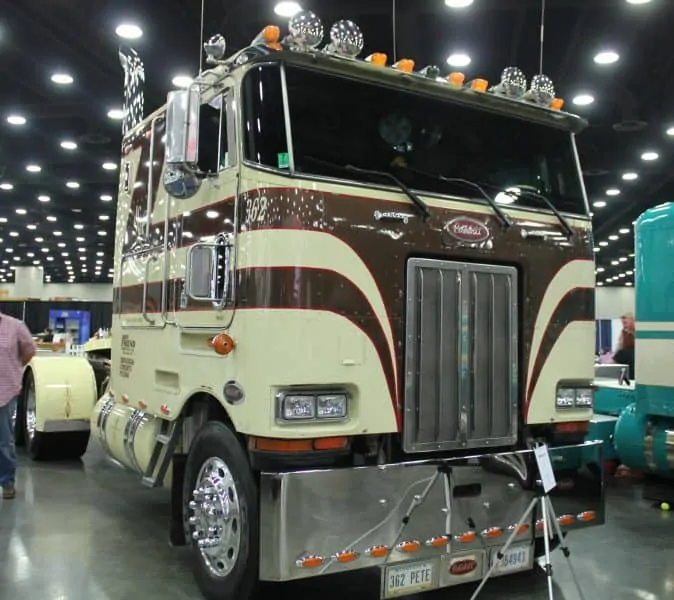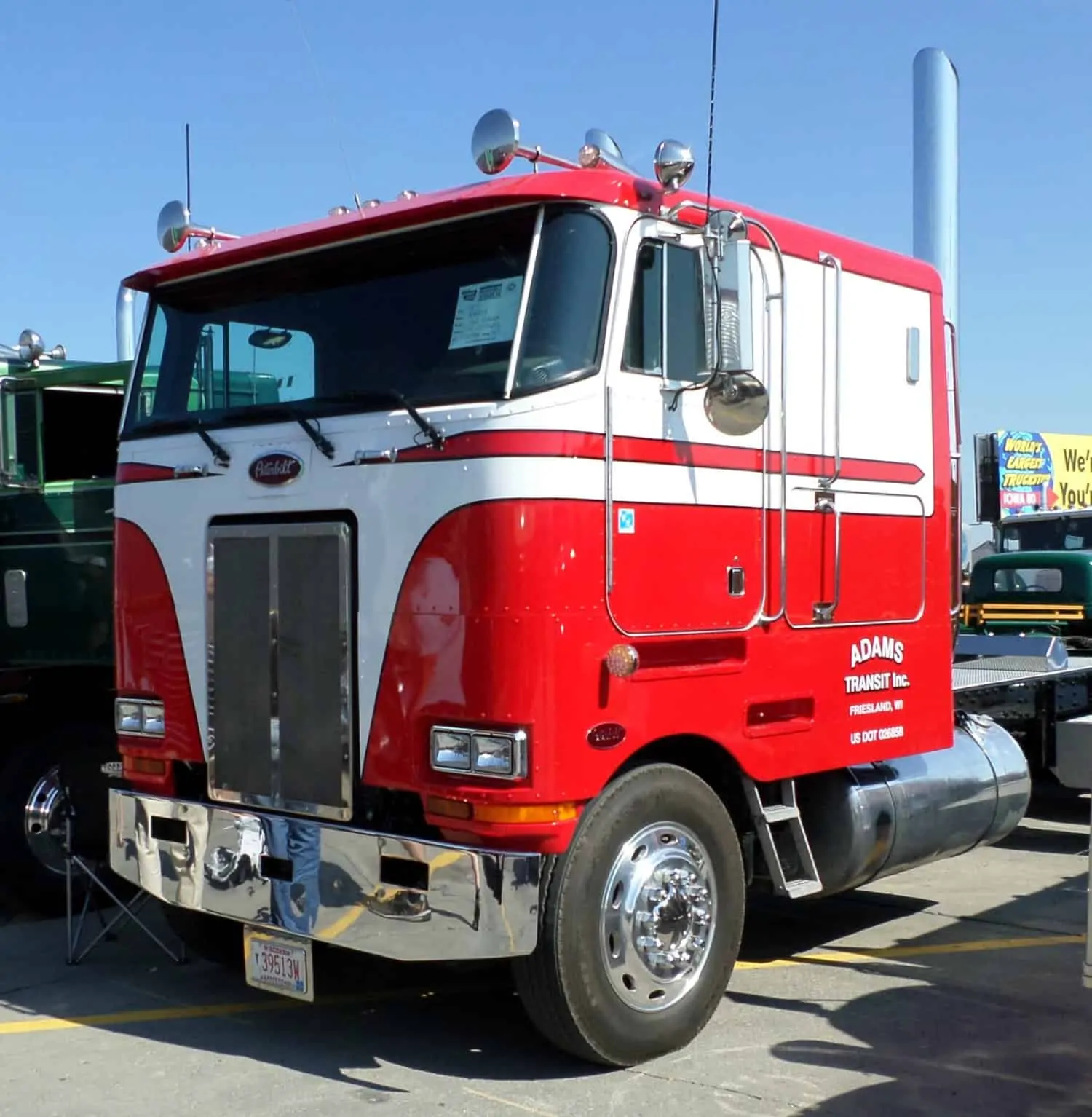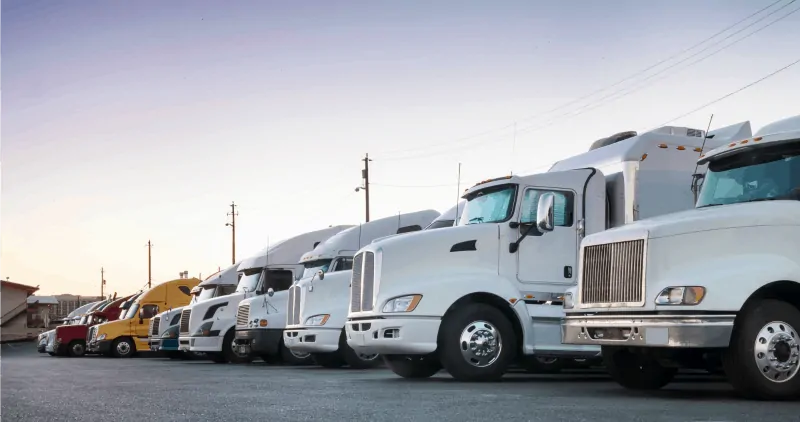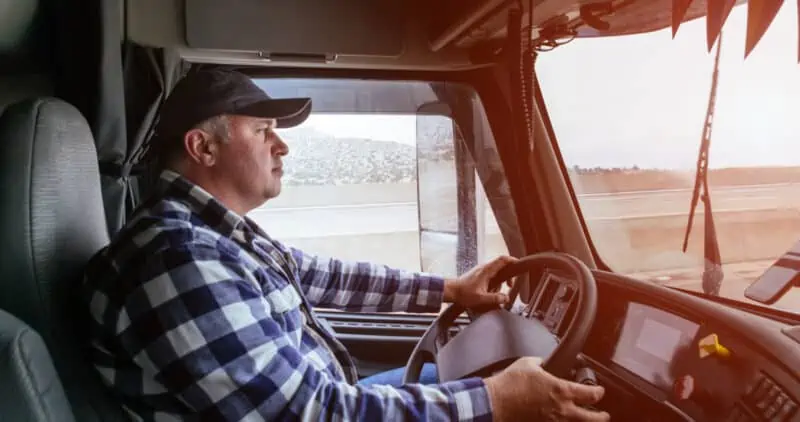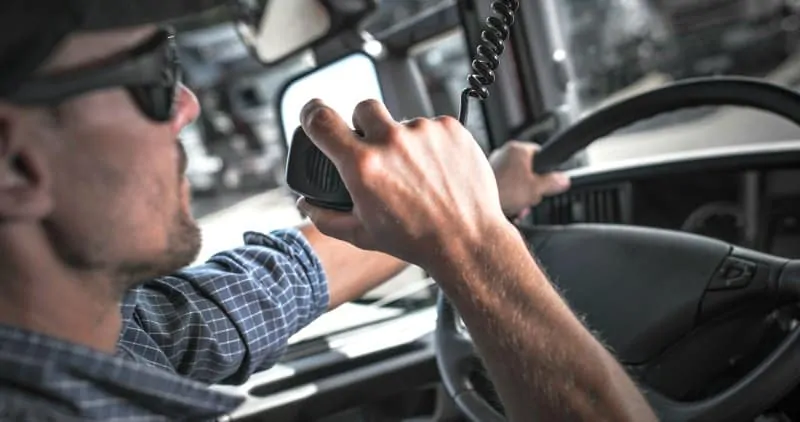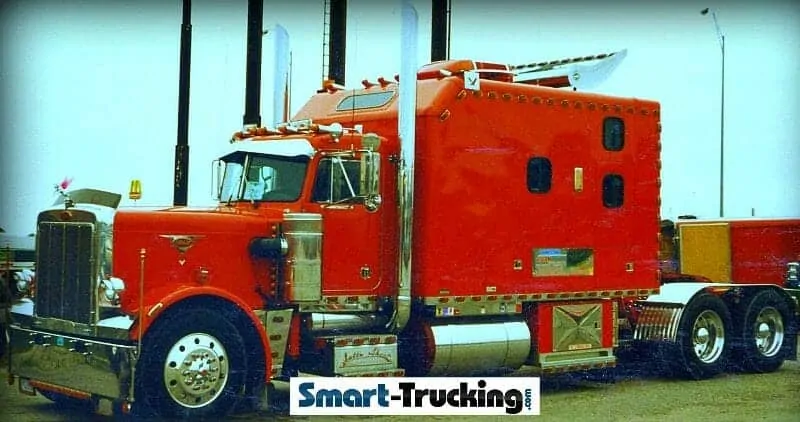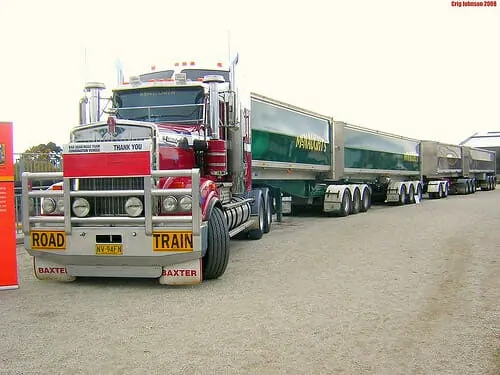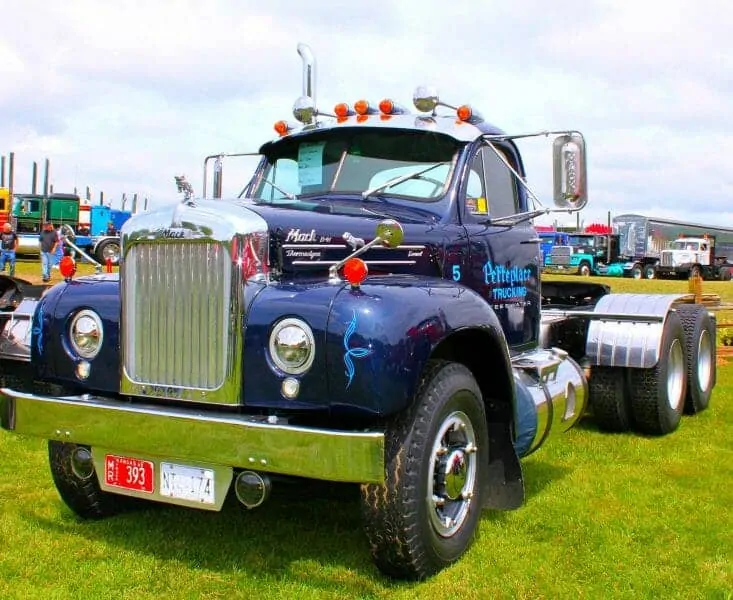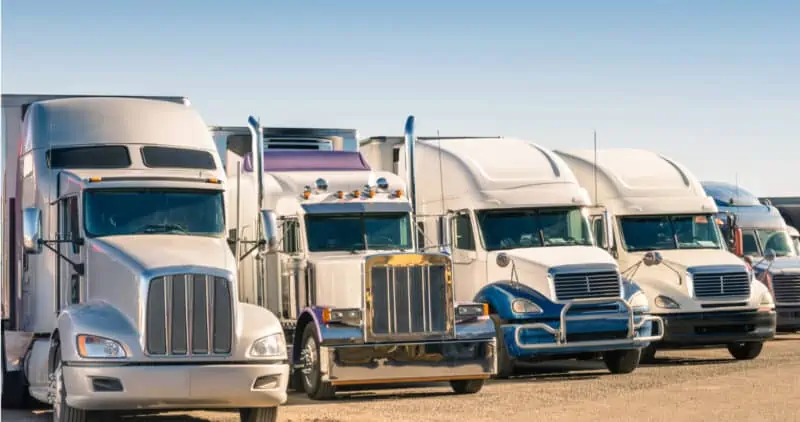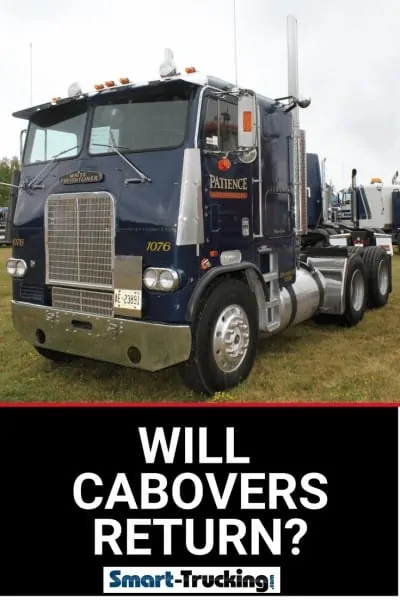
Will cabovers make a comeback to the trucking industry?
What is a Cabover Truck?
First, just exactly what is a cabover?
Cabover trucks, also known as Cab Over Engine (COE) trucks, are a style of truck that has been around for many years.
In North America, they are considered an old school style of semi truck.
Cabovers have a “flat-faced” look to them.
They gained a lot of popularity between the 1940’s and 1970’s because it was possible to utilize more cargo space by reducing the Bumper to Back of Cab (BBC) ratio.
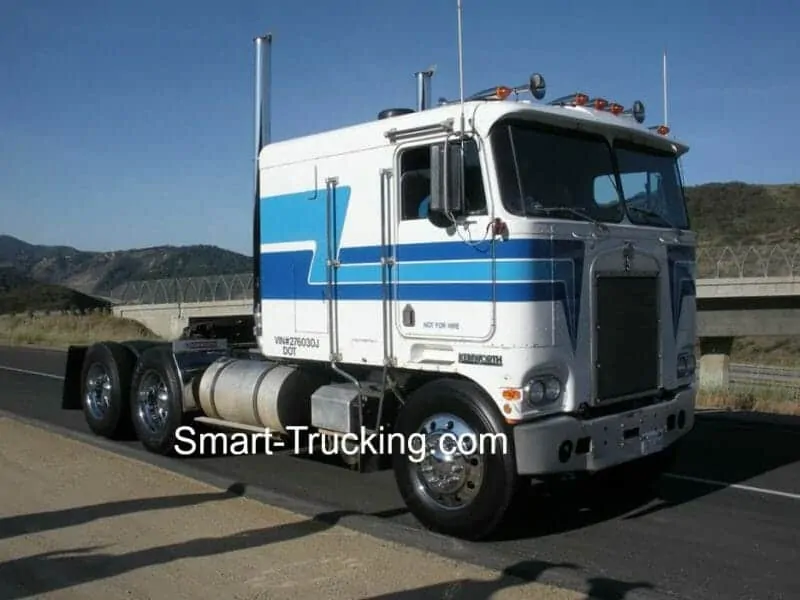
Related > The Only Old School Cabover Truck Guide You’ll Ever Need
The real question is, ” Will cabovers make a comeback to the trucking industry or are they just a relic of the past?”
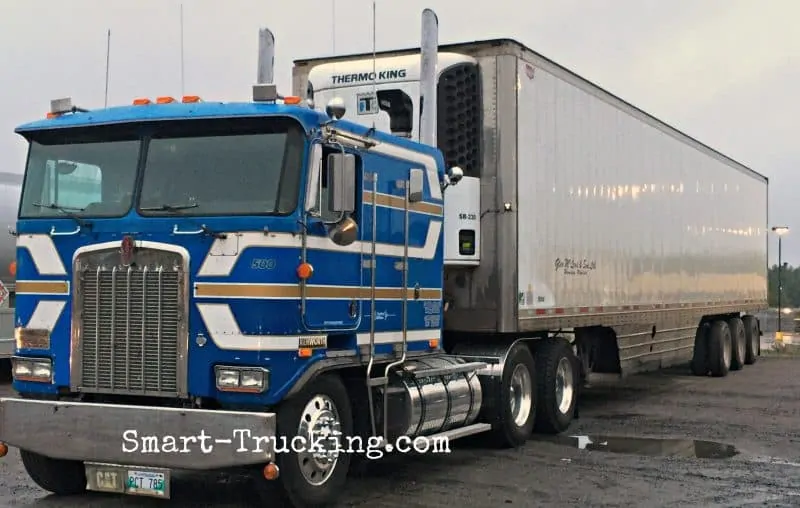
Will Cabovers Ever Come Back into the North American Trucking Industry?
Since the number of owner operators in the trucking industry is considerably lower than 20 years ago, it’s really up to big carriers if cabovers are a good option for their loads. The trucking manufacturers are going to be the big customers.
Let’s take a look at this more closely.
There are several major drawbacks to the cabover that could keep them as a nostalgic throw-back rather than a comeback kid.
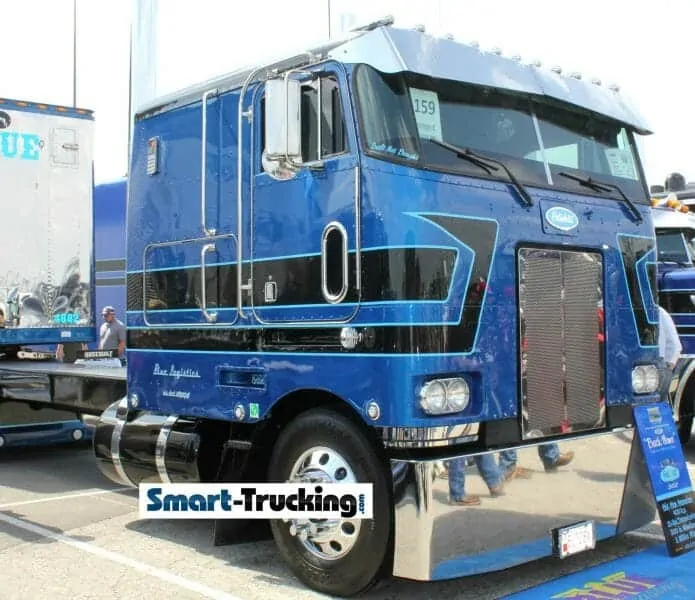
Greatest Advantage of a Cabover
The Cabover Wheelbase
Shippers are always going to want longer trailers and smaller trucks.
Shippers want bigger trailers all the time, so it could be that cabover trucks stand a chance for a comeback.
Certainly, there’s an argument in favour of the cabover design. It’s possible to get a highly maneuverable truck with a short wheelbase, to take corners well and get into tight spots.
A Cascadia with a double bunk requires at least a 200″ wheelbase to operate and still have sufficient swing dip clearance in between the trailer and the bunk. (Swing dip clearance means you won’t hit the trailer with your truck for example, when you turn a sharp corner.)
I compared a few of them and with a double bunk cabover you could basically run on a 155″ wheelbase. That’s pretty damn short.
Unfortunately, you just can’t get some of the conventional trucks easily around the corner and into the loading docks.
Certainly with the cabover, and it’s shorter wheelbase, cornering and tight spaces are it’s specialty.
Related > The Peterbilt Cabover Truck Photo Collection
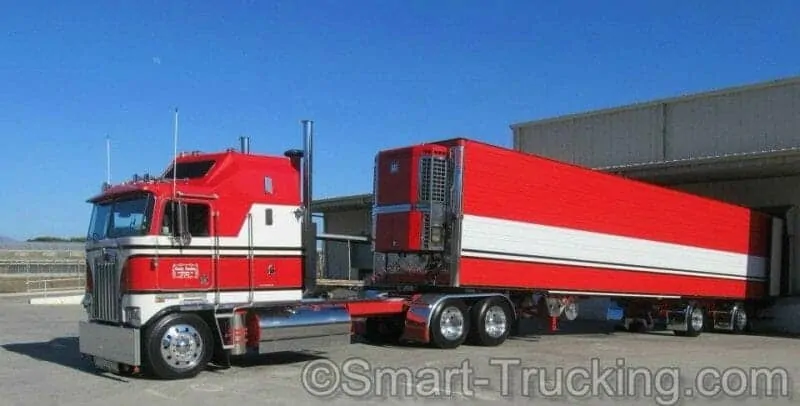
5 Major Cabover Disadvantages
1. Engine Access for Cabover Trucks
With a cabover, one of the problems is that the engine is a lot harder to access than it is with a curb sniffer.
However, with a conventional style, you can just simply pull the hood and the mechanic or you can get just about any part of the engine they want.
With a cabover, the cab needs to be jacked up.
Before jacking up the cab, it’s necessary to strap down all stuff inside or it will all come out through the windshield.
This is a real minus for the cabover.
So, are the big companies going to care about engine access? No.
Unfortunately, these big carriers tend to listen to their mechanics even less than they listen to their drivers.
So, they may disregard this problem and stock their fleet with cabovers regardless.
Related > Long Live The Long Hood Trucks
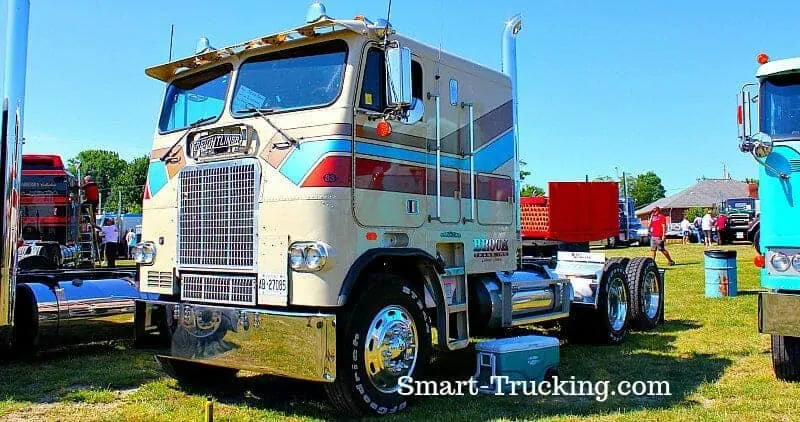
2.Cabover Safety
“Are they as safe in a head-on accident as a conventional?”
Let’s be honest.
They can’t possibly be quite as safe as a truck with a long hood out front.
At least a conventional has some sort of a crumple zone between the driver and whatever else is coming at the truck.
In a cabover, there is nothing between you and what you hit other than the windshield.
It’s not unusual in a cabover collision to have the cabover spit the driver right through the glass.
It happened to a friend of mine and it’s pretty nasty stuff. Killed him instantly.
Related > The Ultimate Freightliner Cabover Quick Guide and Photo Gallery
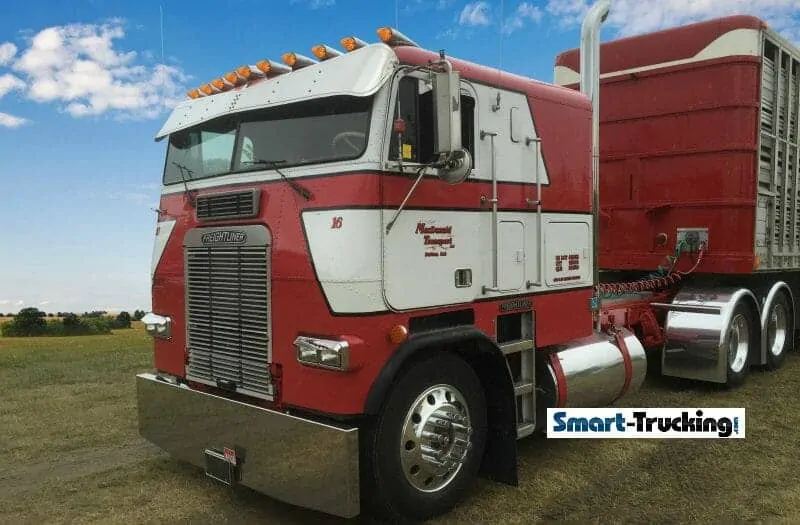
3. Diesel Fuel Mileage of Conventional vs. Cabover Trucks
What the carriers do care about, however, is fuel mileage and there is a big difference between a cabover and a conventional. The cabover would certainly have better fuel mileage due to the shape of the truck.
If you take a mile off the gallon difference (x 500 miles a day, x 500 trucks a day) for a big carrier or more, those fuel savings are huge. That’s what big carriers pay attention to and those are the guys that are going to be ordering all the new trucks.
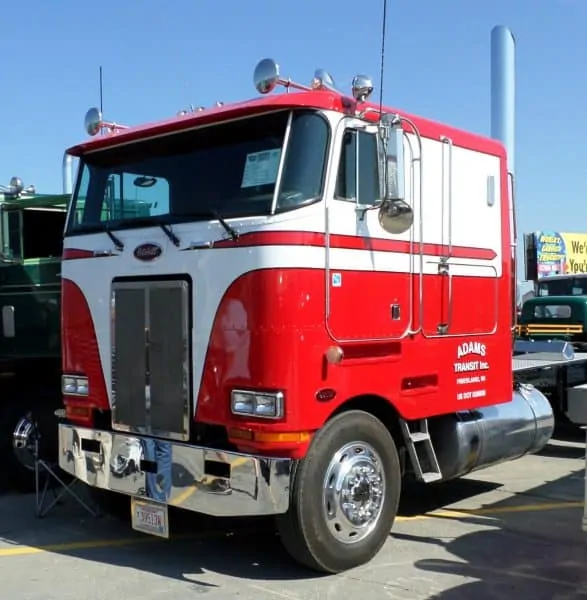
4. Availability of Cabovers
As far as I’m aware, you can’t even order a cabover in North America anymore. They are manufactured in North Carolina, but I believe most of those are shipped to Europe.
The cabover style in super popular in Europe, but Europe has a completely different road system than we do here in North America.
They’ve got to have cabovers over there because generally, their roads are quite narrow with tight sharp curves.
We don’t suffer from that in North America.
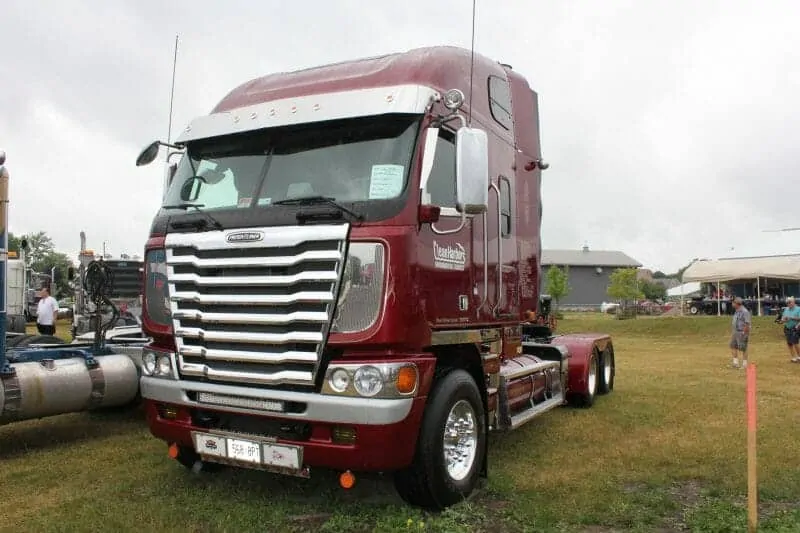
5. Driver Retention and Nostalgia
Driver retention has become a big issue within the trucking industry.
Driver turnover and driver retention are just mind-boggling figures these days.
Big trucking companies cannot keep drivers. They also can’t seem to hire enough new drivers and get them to stay in the industry. Driver retention is certainly a problem.
I know when I was interested in trucking when I was a kid, a lot of what drew me to the trucks was how cool they looked.
When companies figure out that the cooler rides attract drivers, they’re going to be all over this new technology.
Like the Nicola One electric truck that’s coming out or that Peterbilt Walmart concept truck that they’ve designed. Those things are cool looking trucks. I’d like to drive one of those trucks.
And if they get that cool factor back into the new trucks, it may help to solve their retention problem and perhaps it may help resolve their hiring problems.
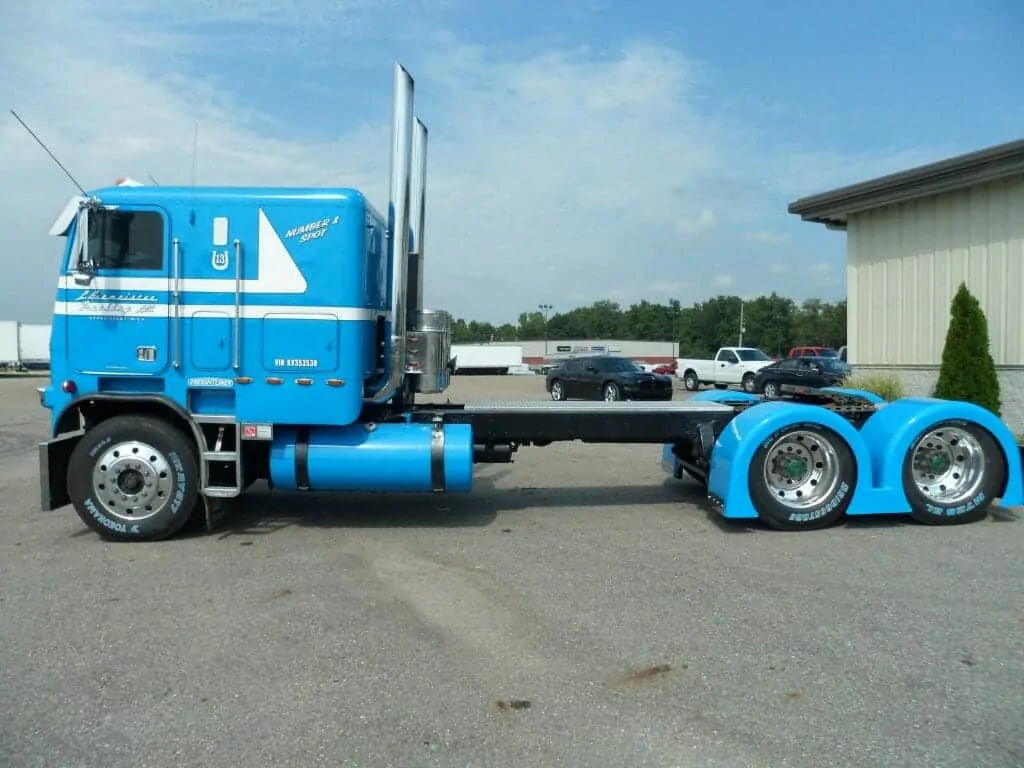
The Prediction
Part of the attraction of the cabovers is the nostalgia involved.
They were cool rides back in the day.
Truck drivers had visions of trucking out to California with these great big cabovers and running coast to coast. They were trucks that looked like they were competent and could do the job.
They were enjoyable to drive and it was an adventure to drive them. The nostalgia of the Cabover was part of the draw.
A lot of guys my age, myself included, learned in cabovers and that’s part of the attachment with trucks or the cabover trucks.
If you watch the highways and the interstate, you’ll still see the occasional cabover go by and they’re cool to watch! It’s a nostalgic trip back into the days when trucking was great.
Owner operators can bring the cabover back and if big carriers find the advantages of stocking their fleet with cabovers as outweighing the disadvantages, then we could possibly see an upswing.
But realistically in my opinion, cabovers don’t stand a strong chance of coming back into the foreground for the trucking industry.
So, do I think that cabovers are coming back?
To be honest? I really don’t think so.
I think the conventional style trucks are the gold standard of the North American trucking industry, and they’re here to stay.
HERE’S THE VIDEO VERSION OF THE ARTICLE FOR YOU!
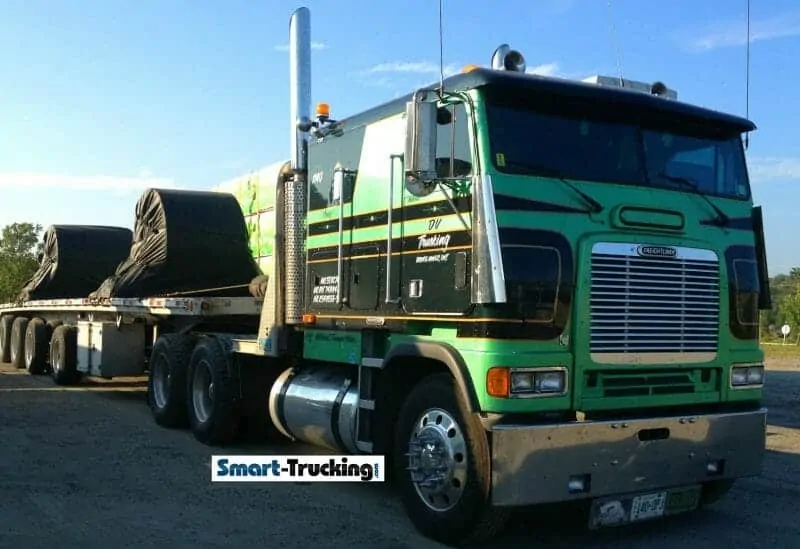
More About Old School Trucks For You!
